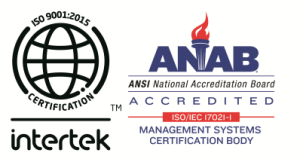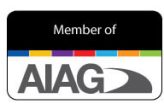Copper alloys are widely used in engineering and aesthetic applications.
In technical applications, these alloys are usually specified for their unmatched corrosion resistance, electric conductivity and low friction with other metals.
For decorative and related applications, it is sought after mainly for its ability to produce a polished reddish or golden finish which stands the test of time and the elements.
These alloys can be further classified into brass and bronze depending on their alloying elements:
|
Category |
Main elements |
Common alloys |
Applications |
| Brass | Copper, Zinc | C855, C857 | Doorknobs, faucets, ornamental castings |
| Phosphor Bronze | Copper, Tin, P | C922, C958 | Bearings, bushings, valves |
| Aluminum Bronze | Copper, Al | C954 | Bearings, valves, clamps, worm gears |
| Manganese Bronze | Copper, Tin, Mn | C865 | High strength marine and machine parts, propellers |
Sand casting is a common way to shape bronze and brass products, due to its good fluidity and relatively low fusion temperature, the material is sand cast in very intricate shapes according to customer requirements.
Some of the advantages of sand-casting copper products are:
- Greater design flexibility compared to wrought components which often require expensive tooling and large machines for relatively simple geometries.
- Production of near net shape parts with machined surfaces only where needed allows for light/cost-efficient components that are accurate only where required.
- Eliminates the need to waste material by machining expensive billets.
- Greater selection of alloys allows the designer to choose the material with the closest required properties for the application.



